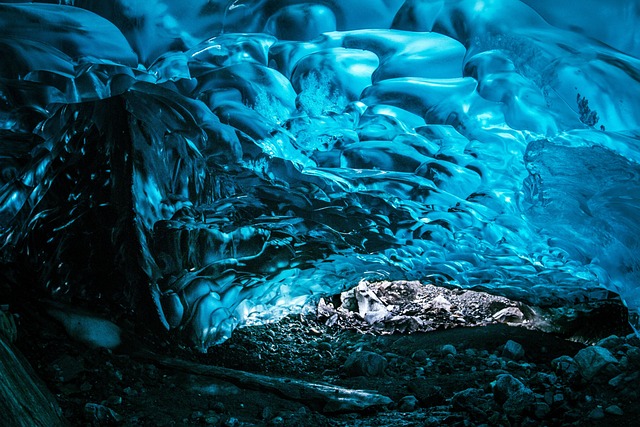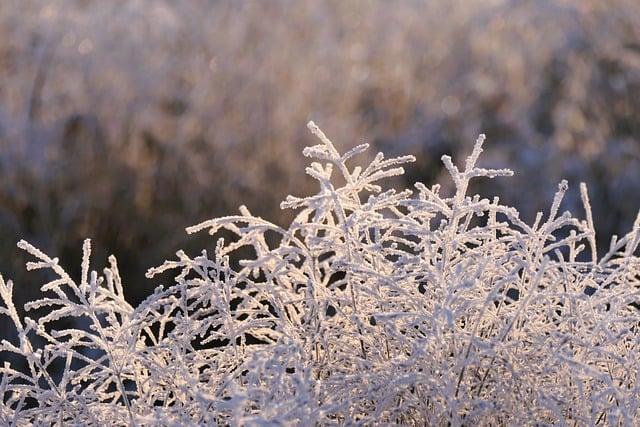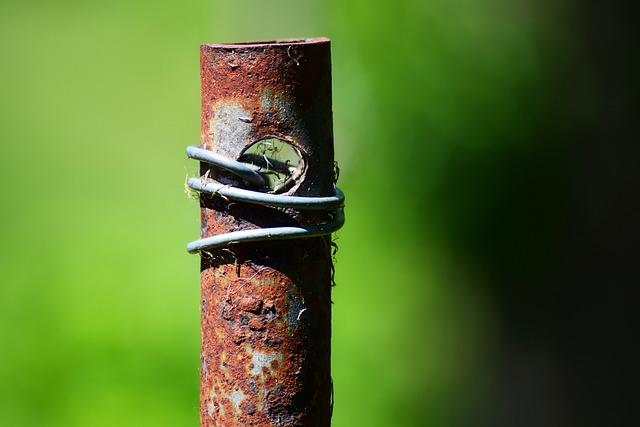Pipe insulation is a key defense against frozen and burst pipes in cold climates, preventing costly winter damage. To effectively prevent frozen pipes, identify vulnerable spots like uninsulated pipes near exterior areas prone to cold drafts, address risk factors such as extreme temperature drops and inadequate insulation, and prioritize using materials like foam or fiberglass for consistent temperatures. Crucial steps include maintaining a thermostat above 32°F (0°C), applying heat tape or thermal shields on exposed pipes, and promptly fixing leaks to avoid water buildup.
In the frigid grip of winter, pipe insulation emerges as a silent guardian against the perils of frozen and burst pipes. This essential component of home maintenance is often overlooked but plays a pivotal role in safeguarding your plumbing system from severe damage. Understanding how to effectively insulate your pipes can prevent costly repairs and keep your home warm during the cold season. Discover the key strategies to ensure your pipes remain intact, avoiding the common pitfalls that lead to bursting.
- Understanding Pipe Insulation: Why It's Essential for Cold Weather Protection
- Identifying Vulnerable Areas and Potential Risks of Frozen Pipes
- Effective Strategies to Prevent Bursting Pipes During Winter
Understanding Pipe Insulation: Why It's Essential for Cold Weather Protection

Pipe insulation isn’t just an extra step for home maintenance; it’s a crucial defense mechanism against one of winter’s most common—and costly—issues: frozen and burst pipes. In regions with cold climates, understanding how to insulate pipes effectively is key to preventing this damage.
When temperatures drop, water within exposed pipes can freeze, expanding as it does so. This expansion exerts immense pressure on the pipe, leading to potential bursts. Insulation acts as a barrier, trapping heat around the pipes and keeping the water inside at a liquid state, even in freezing conditions. By understanding how insulation works and where to apply it strategically, you can effectively learn how to prevent frozen pipes and safeguard your home from costly repairs during winter.
Identifying Vulnerable Areas and Potential Risks of Frozen Pipes

Pipes in your home or business are vulnerable to freezing during cold weather, especially in areas where they’re exposed or poorly insulated. Identifying these vulnerable spots is the first step in preventing frozen and burst pipes. Common locations include uninsulated pipes near exterior walls, windows, or doors; pipes running through attics, crawl spaces, or unheated areas; and those located in basements subject to cold drafts.
Understanding potential risks factors like extreme temperature drops, inadequate insulation, poor pipe layout, and lack of heat sources nearby can help you take proactive measures. How to prevent frozen pipes involves addressing these vulnerabilities by insulating pipes thoroughly, using heat tape or thermostatically controlled heat mats where necessary, maintaining adequate heating in all areas, and considering alternative piping materials or layouts for extreme conditions.
Effective Strategies to Prevent Bursting Pipes During Winter

To effectively prevent bursting pipes during winter, there are several key strategies to employ. First and foremost, adequate insulation is crucial. Wrapping pipes with high-quality insulation material like foam or fiberglass helps maintain consistent temperatures, preventing water from freezing inside them. This simple step can significantly reduce the risk of pipe bursts, which often occur when water expands as it freezes.
Additionally, managing the temperature in your home plays a vital role. Keeping your thermostat set to a consistent temperature above freezing (32°F or 0°C) ensures that even if some pipes are exposed to colder air, they remain protected from freezing. Using heat tape or thermal shields on pipes that are prone to being directly exposed to cold air can also offer extra protection. Regularly checking for leaks and addressing them promptly is another effective strategy, as persistent leaks can lead to water buildup, increasing the risk of pipe bursts during extreme cold.
Pipe insulation is a crucial strategy for homeowners to protect their plumbing systems from the harsh winters. By understanding the vulnerabilities and implementing effective prevention methods, you can significantly reduce the risk of frozen and burst pipes. Regular maintenance and the right insulation techniques are key to ensuring your home stays warm and dry during cold weather. So, take control and follow the strategies outlined in this guide to effectively prevent frozen pipes and avoid costly repairs.
